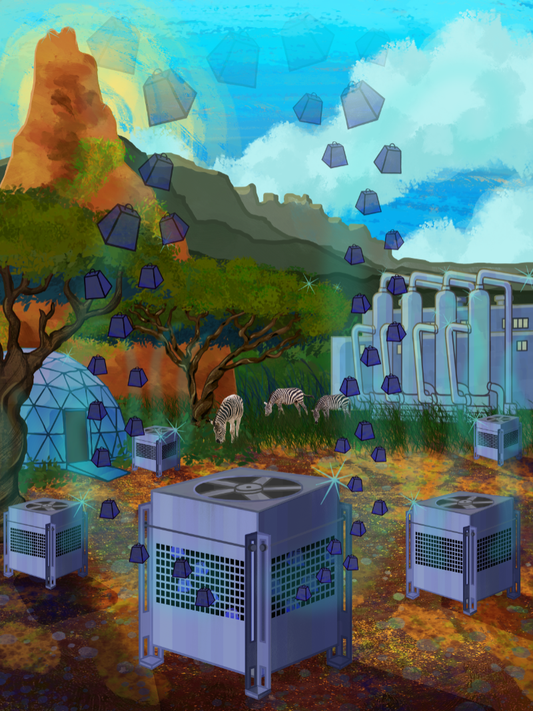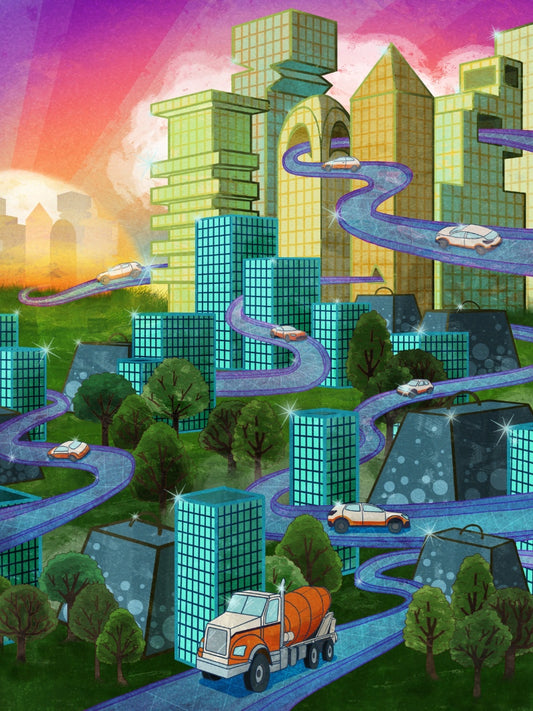
The first "global warming" occurences
When discussions about rising levels of CO2 in our atmosphere started in earnest in the 1970’s and 1980’s, and the implications of the rising levels of CO2 became clear, the general term global warming was coined to describe the forecasted changes Planet Earth would experience in the future if we didn’t curb our fossil fuel emissions.
However, as we started to experience the actual effects of global warming in the 2000’s and 2010’s, it became clear that not all of the changes related to global warming were equally distributed. Nor were all average temperatures changing to be uniformly warmer. Nor were increasing temperatures the only changes Planet Earth was experiencing. So, to better describe the specific changes Planet Earth was undergoing, we heard more and more about the effects of climate change.
Since then, some people use the two terms interchangeably. But they really aren’t the same thing. The terms global warming and climate change refer to two separate processes that are both the result of increased levels of CO2 in our atmosphere. To better understand the differences, NASA’s website on Global Climate Change defines the two terms, as follows:

Effects of global warming
“Global warming is the long-term heating of Earth’s surface observed since the pre-industrial period (between 1850 and 1900) due to human activities, primarily fossil fuel burning, which increases heat-trapping greenhouse gas levels in Earth’s atmosphere. This term is not interchangeable with the term ‘climate change’.”

Effects of climate change
Climate change is a long-term change in the average weather patterns that have come to define Earth’s local, regional and global climates. These changes have a broad range of observed effects that are synonymous with the term.
So if we think about global warming as the actual and projected general heating of the earth’s surface vs. climate change as the specific changes in average weather, we can start to understand the differences in the terms.
For instance, while Planet Earth is generally heating up due to global warming, specific weather phenomena such as polar vortexes that bring very cold air into areas previously protected from them are occurring. It’s just not intuitive that we can experience a serious deep freeze in winter because of global warming. But the general effects of global warming are actually the driver of these specific effects of climate change.

What is at stake?
Now in the 2020’s, there is a broad awakening that we are living in the age of climate change. The ways we are experiencing climate change now, at 420 ppm of CO2 in the atmosphere which translates to about 1.1°C of global warming, or about 2°F, are nothing short of alarming. We are experiencing specific climate changes such as terrible droughts, massive wildfires, massive flooding, loss of sea ice and glaciers, warming and rising oceans, and massive heat domes.
If these are the climate changes we are experiencing now, we must ask ourselves, what will they be at 1.5°C (2.7ºF) or 2ºC (3.6ºF) of global warming? That is the cap we are shooting for by 2050, the date when many countries have pledged to be carbon neutral. Will the climate changes we experience at that level of global warming be safe? And what if we miss this target?
These are the urgent questions we must address now if we are to have any chance at avoiding the worst effects of climate change.
Source: NASA

Contribute to carbon dioxide removal (CDR)
Thanks a Ton sells greeting cards that help mitigate climate change by financing carbon dioxide removal projects.














